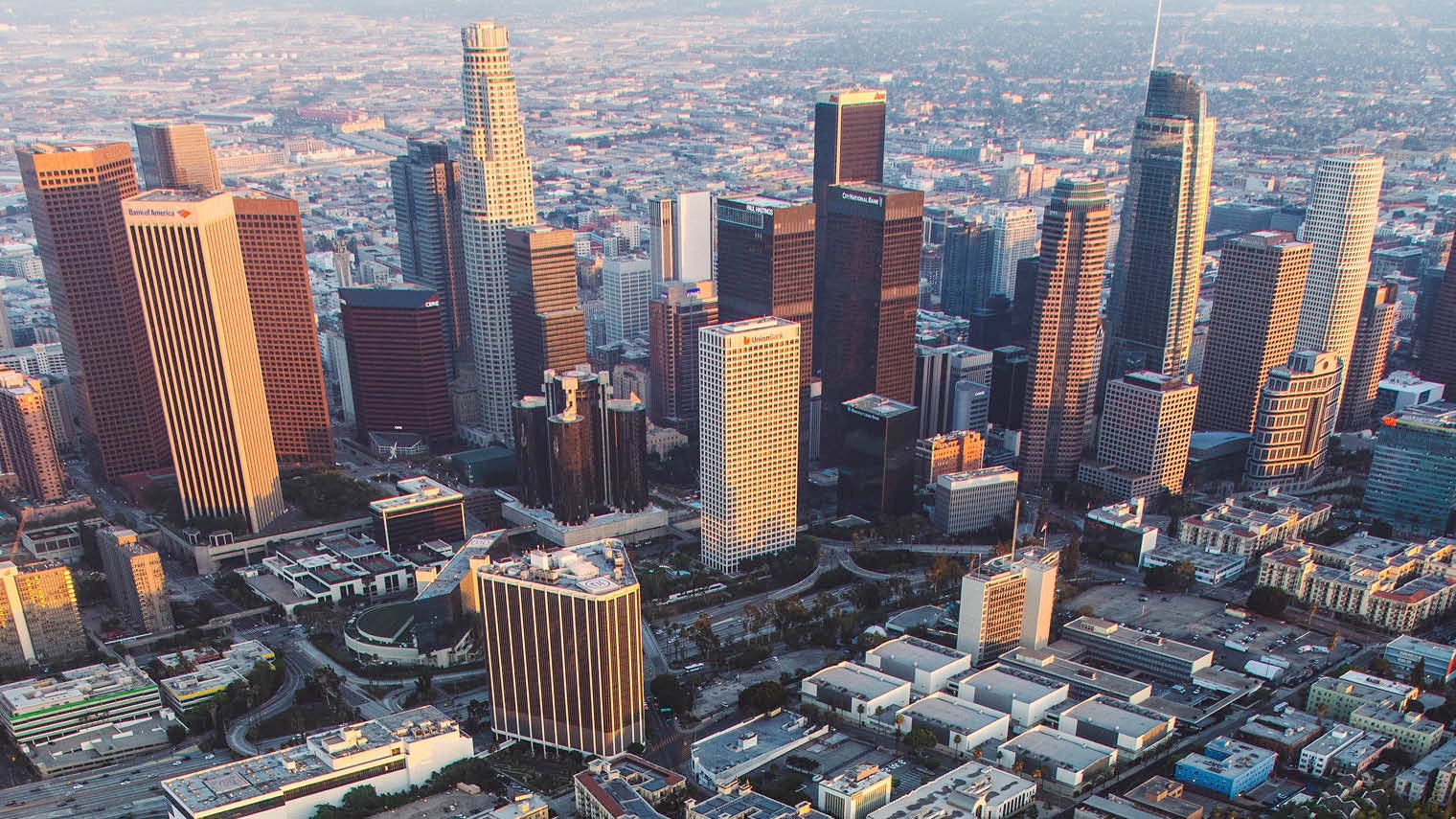01 Singapore
Already a famously high-tech city-state, in 2014 Singapore adopted the title Smart Nation, as part of an effort to tip its government and population of 2.65 million towards a digital future. On average, Singaporeans use 1.5 mobile devices per person, and residents enjoy a sophisticated fibre-optic network which delivers high-speed internet access to homes and offices.
The Smart Nation initiative, funded to the tune of $2.4 billion in 2017, seeks to turn Singapore into a modern laboratory for conceptualising, testing and implementing ideas to tackle problems unique to urbanised areas. To begin the government has decided to focus on housing, health and transport. The plan hinges on placing sensors across the city to improve the quality of life.
Almost 80 per cent of Singapore’s population live in affordable public housing. This presents a large testing ground for new ideas. In a series of private partnerships, the government has installed thousands of sensors across neighbourhoods to monitor energy use, waste production and water usage. The resulting data has prompted the installation of new vacuum waste-management systems, solar panels and water reuse equipment.
In healthcare, an opt-in programme, called elderly monitoring systems, uses sensors in homes to monitor movements, alerting family members and health professionals in case of emergency. Another initiative, tele-health, aims to rehabilitate stroke victims in their own homes. PCs or tablets guide patients through exercises while sensors and cameras capture footage. Once a week, patients use their tablets for face-to-face conferences with doctors.
Transport is another area of innovation. Singapore has been at the cutting edge of autonomous vehicle testing, with self-driving cars and small buses a regular presence. Sensors on buses have reduced crowding by 90 per cent and cut waiting times by three to five minutes. In 2016, the city began testing autonomous taxis with the Massachusetts Institute of Technology. More recently, Singapore announced plans for a full-size robotic bus.

02 King Abdullah Economic City
Of the myriad challenges faced by many countries in the Middle East, planning for a post-oil future is perhaps the most vexing. Saudi Arabia, with a population of 33 million of whom around 60 per cent are under the age of 30, is building a number of cities with the sole aim of jobs diversification. United Nations estimates project the population will double to 59 million by 2015.
Announced in 2006, and currently part completed, King Abdullah Economic City (KAEC) is forecast to be home to two million residents over an area of 70 square miles. Cost of the project is anticipated to be around $100 billion. By the time KAEC is completed, the city hopes to have an array of new businesses, both online and offline, led by a generation of young Saudi entrepreneurs. To tempt growth, KAEC offers a number of financial incentives for new or existing businesses to relocate. These include rent-free office space for five years and employees living in the city will benefit from a subsidised home ownership scheme.
Key to any future success of KAEC lies in its ability to match infrastructure needs with the arrival of new digital businesses. A new port is currently capable of handling three million containers a year, which will increase to four million in the first quarter of 2018. In March, KAEC will open a high-speed 450km rail link to Mecca and Medina, visited by 17 million pilgrims each year.
The city has also launched an apps challenge for developers to compete in designing a public layer of software which will help grow business at the port, attract new businesses to zones called the Industrial Valley and Business Park, as well as encouraging a countrywide effort to boost tourism, and improve education and health facilities.

03 Los Angeles
In a city dominated by highways and gridlock, Aldous Huxley may have been right in 1925 when he described Los Angeles as “19 suburbs in search of a metropolis”. But LA is no stranger to other forms of connectivity. Last year, for the second year running, the City of Angels was named America’s top digital city by the Center for Digital Government.
Key to the digital success of LA’s digital initiatives can be found in local government’s efforts to open data to the public and public sector workers. LA has primarily achieved this by building a management system called GeoHub that uses more than 500 of the city’s datasets. The hub allows access to real time information to public sector workers, members of the public and outside agencies.
This innovative use of information has led to a number of improvements in living standards. A public-private partnership, known as LA CyberLab, aims to reduce online crime by disseminating information about one billion previous security-related events. Vulnerable Los Angelinos are also given free devices and wifi to enable them to keep in contact with their families and friends, while accessing information on temporary housing, education, job training and other government services available to them.
A partnership with the US Geological Survey is working to launch new earthquake early-warning technology through mobile devices by the end of 2018. And perhaps most significantly of all, an initiative with universities and colleges called Data Science Federation seeks to expand the process of data-driven decision-making in government by monitoring waiting times, bureaucratic hurdles and reducing red tape.
01 Singapore

02 King Abdullah Economic City






